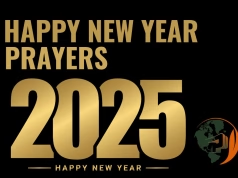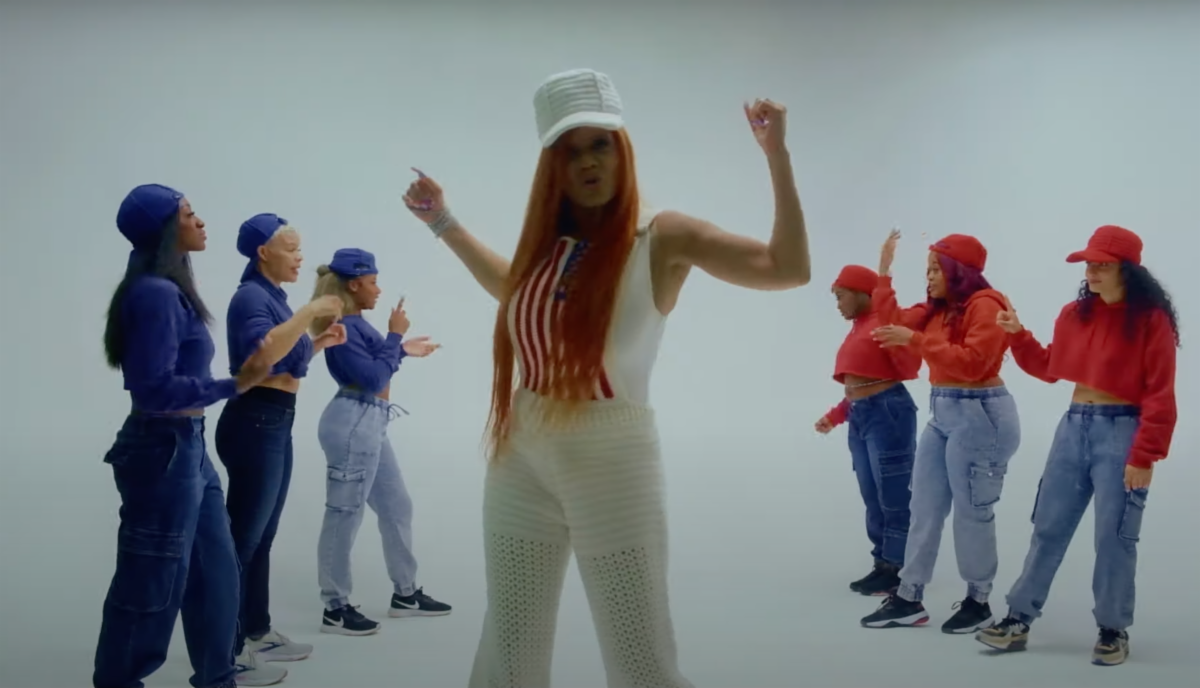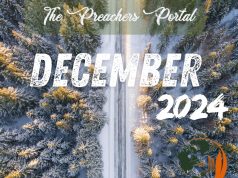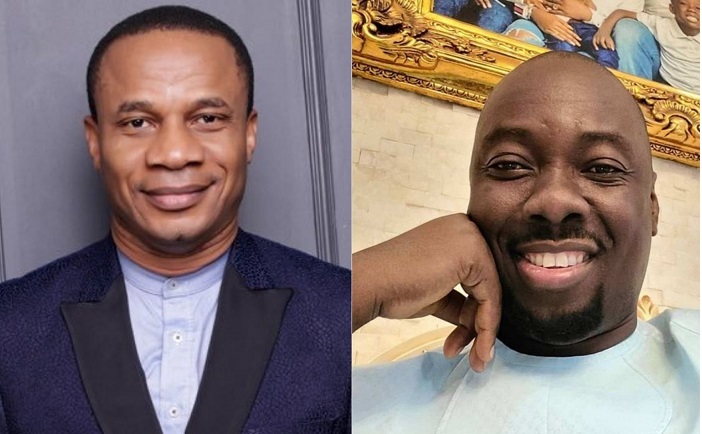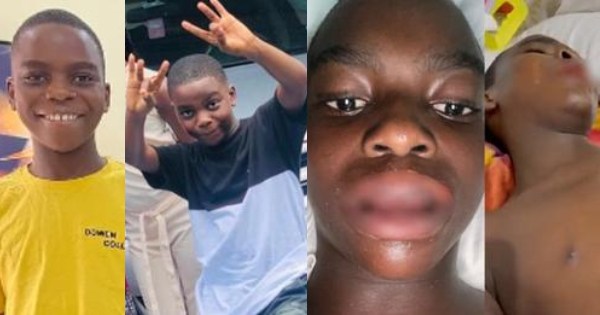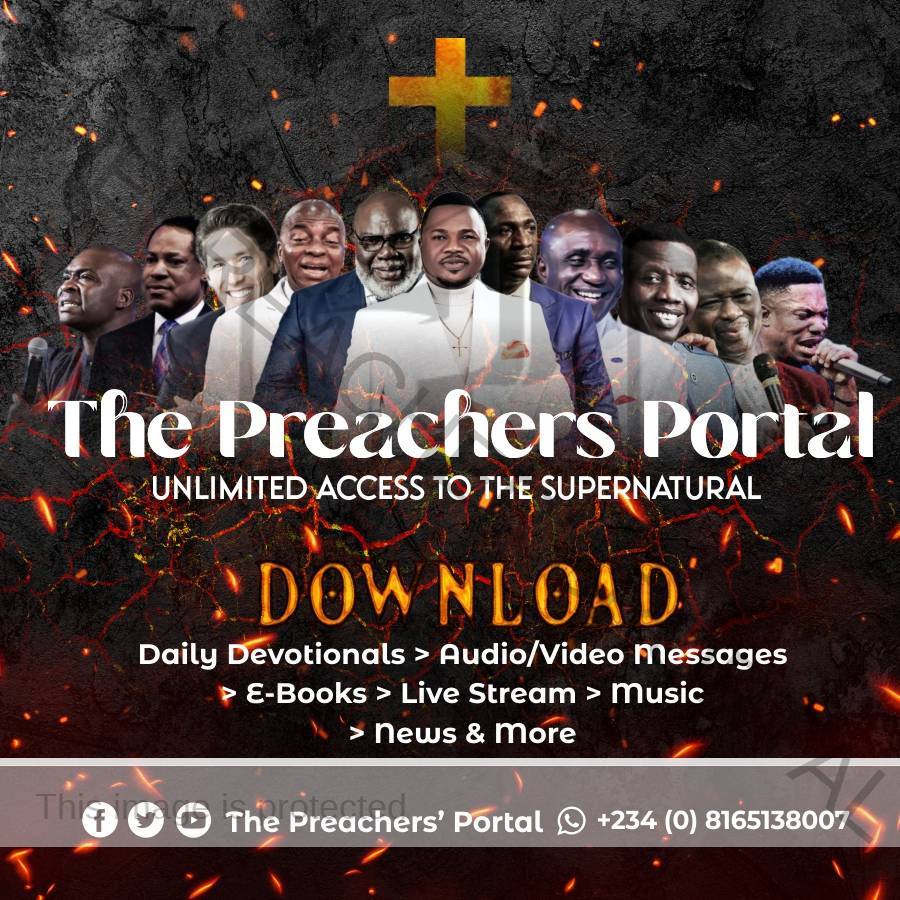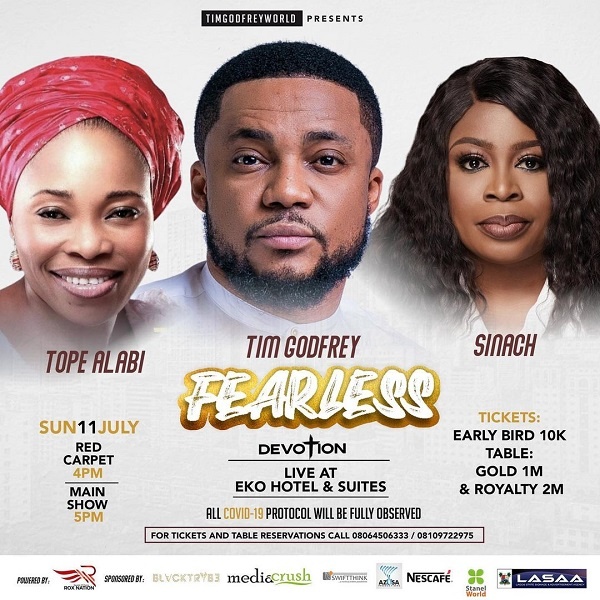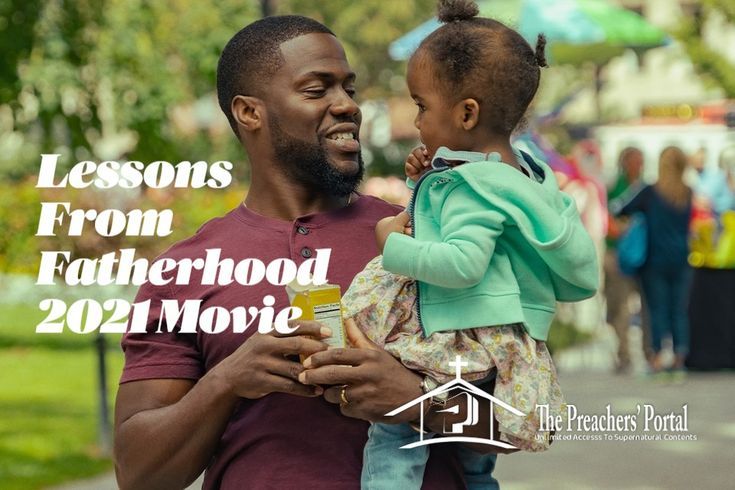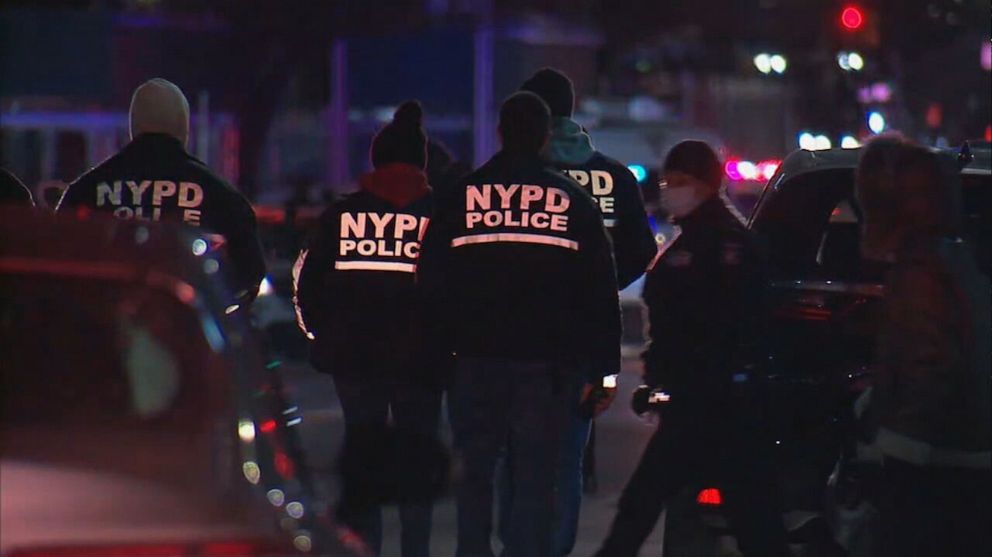Remnants Of The First Black Church Found In Colonial Williamsburg
Remnants Of The First Black Church Found In Colonial Williamsburg
At Colonial Williamsburg, a living history museum in Virginia, a brick foundation was unearthed, one of America’s oldest black churches. The museum continues to tell past stories about the origins of the country and the role of black Americans.
The First Baptist Church was founded in 1776 by a free and enslaved black man. They initially met secretly under fields and trees, contrary to the law that prevented African Americans from gathering.
By 1818, the church built its first building in the former colonial capital. A 16-foot x 20-foot (5m x 6m) structure was destroyed by a tornado in 1834.
Remnants Of The First Black Church Found In Colonial Williamsburg
The first Baptist second building, built in 1856, stood there for a century. However, the expanding Colonial Williamsburg purchased the property in 1956 and turned it into a parking lot.
The first Baptist Rev. Reginald F. Davis, who now has churches elsewhere in Williamsburg, said the discovery of the church’s first home was a “rediscovery of people’s humanity.”
“This helps eliminate the historical and social memory loss that has plagued the country for many years,” he said.
Colonial Williamsburg announced on Thursday that it had found the foundation after analyzing layers of soil and man-made objects such as penny coins.
For decades, Colonial Williamsburg has ignored the story of colonial black Americans. But in recent years, museums have become more and more focused on African-American history while trying to attract more black visitors.
Remnants Of The First Black Church Found In Colonial Williamsburg
The museum tells the story of Virginia’s 18th-century capital and includes more than 400 restored or reconstructed buildings. More than half of the 2,000 people who lived in Williamsburg in the late 18th century were black and many were enslaved.
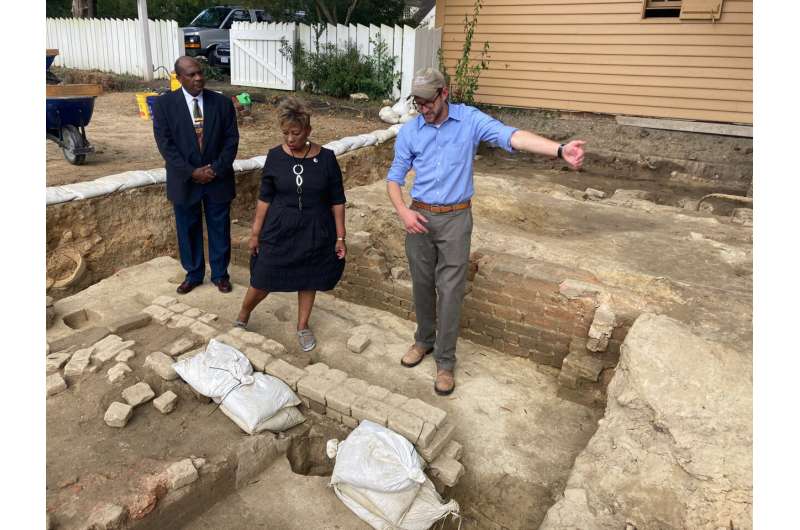
Sharing the story of the inhabitants of color is a relatively new phenomenon at Colonial Williamsburg. The museum began telling the Black Story in 1979, and the American Indian Initiative in 2002.
Remnants Of The First Black Church Found In Colonial Williamsburg
The first Baptist Initiative Reintroduce African Americans to the museum. For example, Colonial Williamsburg’s historic preservation experts repaired a long-silent bell in the church a few years ago.
Congregation and museum archaeologists are currently planning ways to unearth the site and move forward together on the best ways to tell the story of the First Baptist. The relationship is very different from that of the mid-20th century.
“Imagine a kid going to this church and watching in a parking lot … probably where the people you know and love are buried,” said Connie, a member of the First Baptist. Matthews Hershaw said. She is also the chairman of the Let Freedom Ring Foundation, which aims to preserve the history of the church.
Colonial Williamsburg paid for the land on which the church was located until the mid-1950s, and First Baptist paid for the construction of a new church. However, despite its rich colonial history, the museum was unable to tell the story.
Remnants Of The First Black Church Found In Colonial Williamsburg
“It’s a healing process … we see it reveal,” Hershaw said. “And the community really revolves around this, and I’m talking in black and white.”
The excavation began last year. According to Jack Gary, Colonial Williamsburg’s Dean of Archeology, 25 tombs have been discovered so far based on soil discoloration in the area where the plot was dug.
ALSO, READ Video: I Know How TB Joshua Was Killed – Bishop Owusu Sam
According to Gary, some congregations are already interested in analyzing bones to better understand the lives of the deceased and discover family connections. He said some tombs appear to be before the construction of the second church.
It is not known exactly when the first Church of the First Baptist was built. Some researchers say they may have already stood when offered to the congregation by the white Jesse Cole, who owned the land at the time.
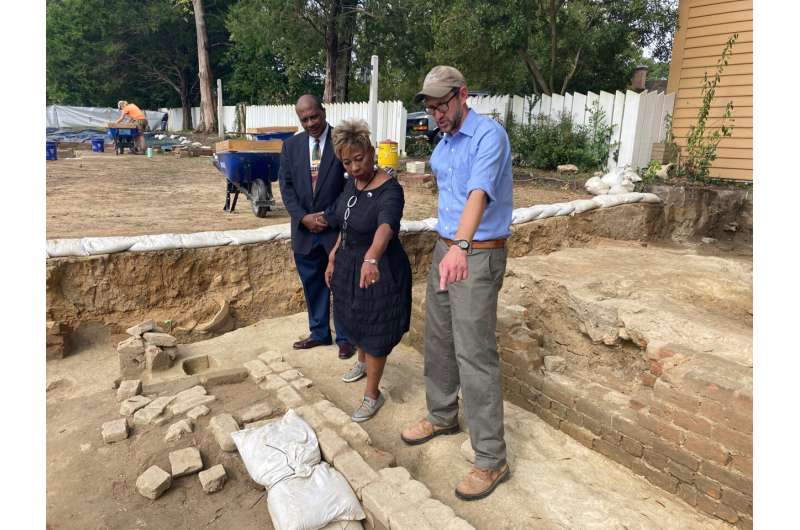
Remnants Of The First Black Church Found In Colonial Williamsburg
The first Baptist is listed in the tax records of the adjacent property from 1818.
According to Gary, the original foundation was confirmed by analyzing the layers of soil and the artifacts there. It contained a penny of 1817 and a copper pin that bundled clothes in the early 18th century.
Colonial Williamsburg and the congregation want to eventually rebuild the church.
“We want to make sure that we tell the story in the right and accurate way, and that they approve of the way we tell the history,” Gary said.
Jody Lynn Allen, a professor of history at the nearby University of William and Mary, said the excavation was part of a larger calculation of race and slavery at historic sites around the world.
“Suddenly, these primary sources aren’t magically emerging,” Allen said. “They were in archives and people’s basements and attics, but they weren’t considered worthwhile.”
Allen, director of the Let Freedom Ring Foundation at First Baptist, said physical evidence, such as the Church Foundation, helps people connect more strongly with the past.
“The fact Church It still exists-it’s still prosperous-it Talk “People need to understand that the African-American community was very resilient,” Allen said.


